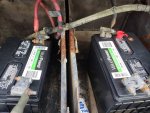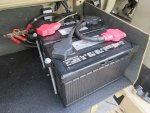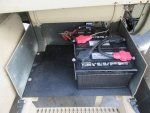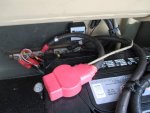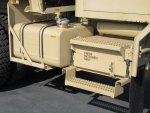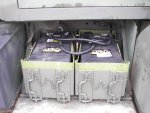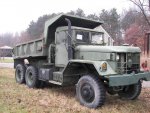The load of the starter is fixed. Example, 7.0kW (actual number for 24v modern gear reduction). So, at 24v, this would be 292 amps (7000/24), well below what a battery can deliver, rightfully so. As the battery is discharging during cranking, the voltage is dropping, but the load stays the same, so the current draw increases. Let’s say the cranking voltage drops down to 15v quickly because the batteries are old/weak, for the fixed 7.0kW starter load, you are now pushing 467 amps (7000/15). So as voltage drops, current increases, to the limit of the battery. Volts x amps = watts. Weak connections are exposed as the current is nearly doubling, etc...
Fresh batteries (less than 5 years old) which hold a high level of cranking voltage will keep the current draw down.
Seperately, the faster a starter can spin, the cooler it will run, and longer it will last, because less time is spent heating each commutator segment as the brushes pass on the armature.


